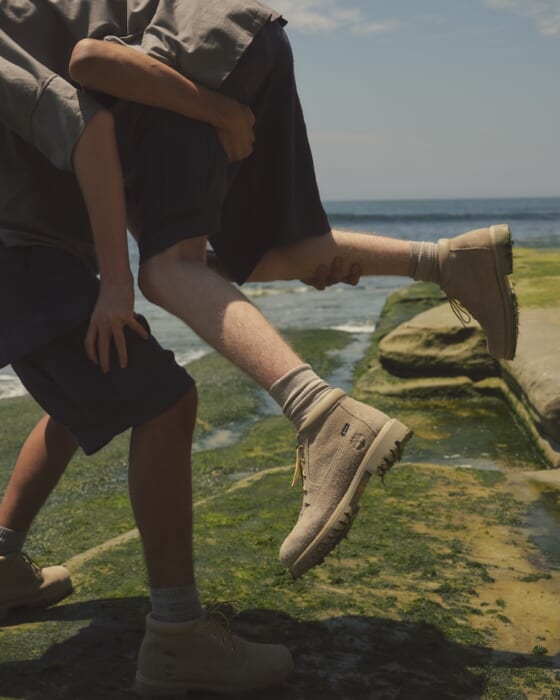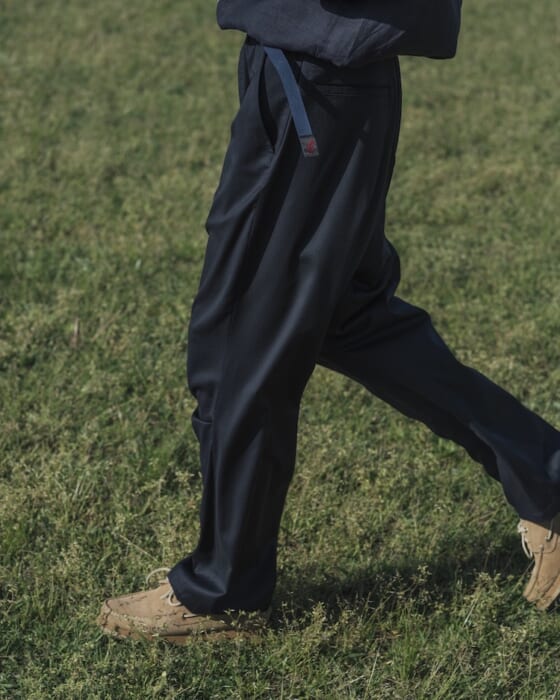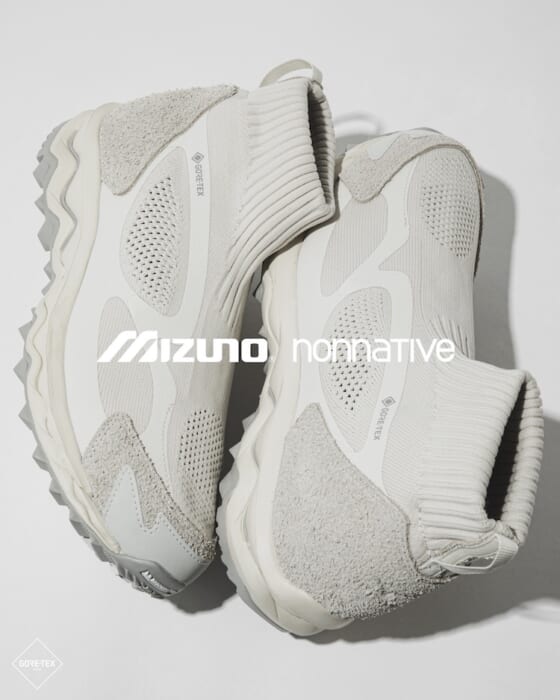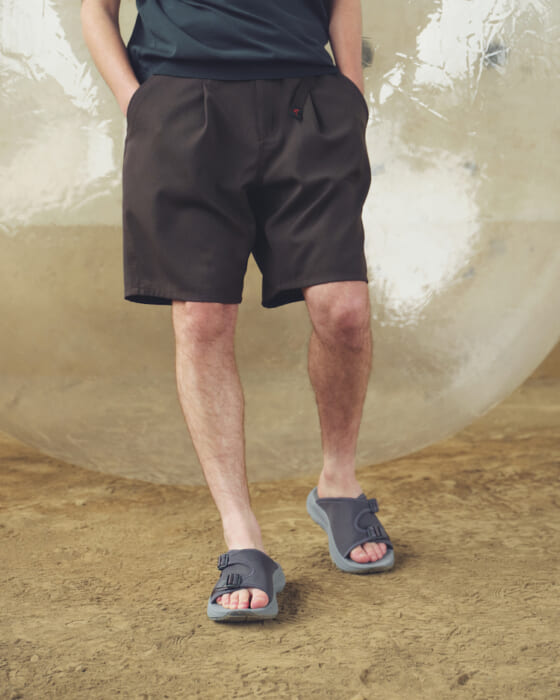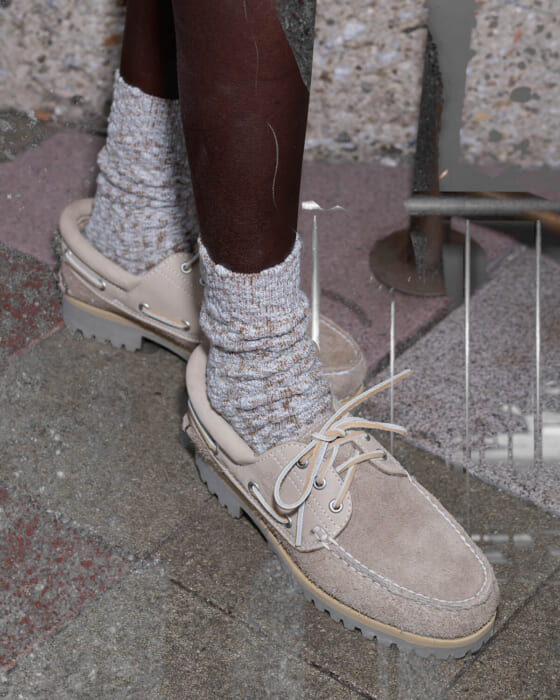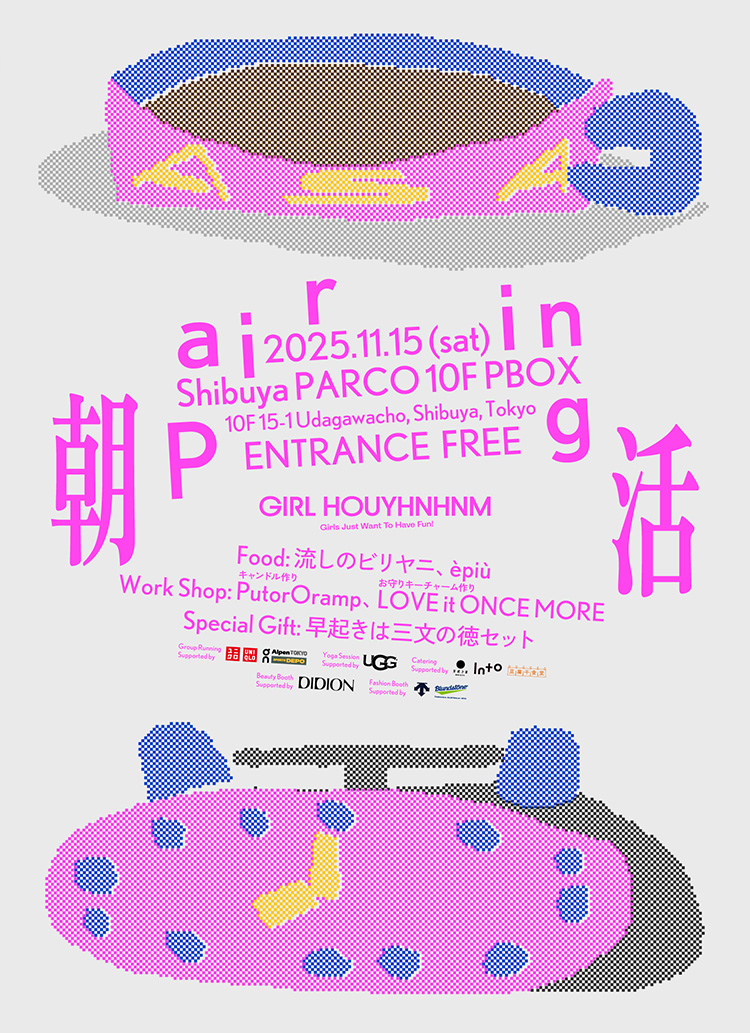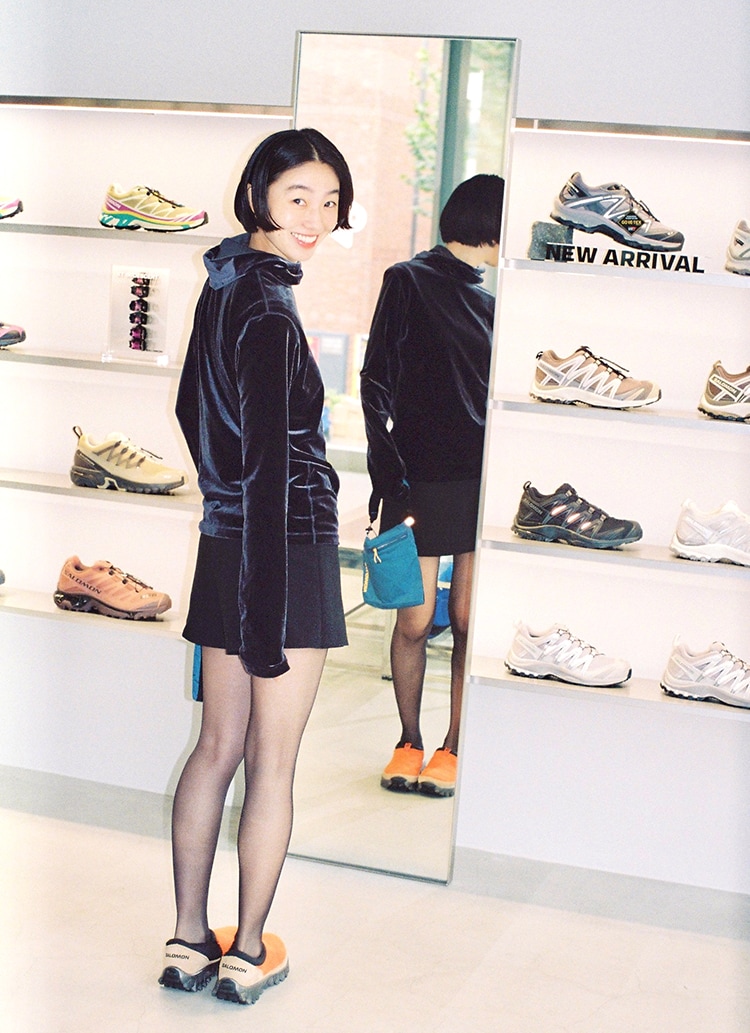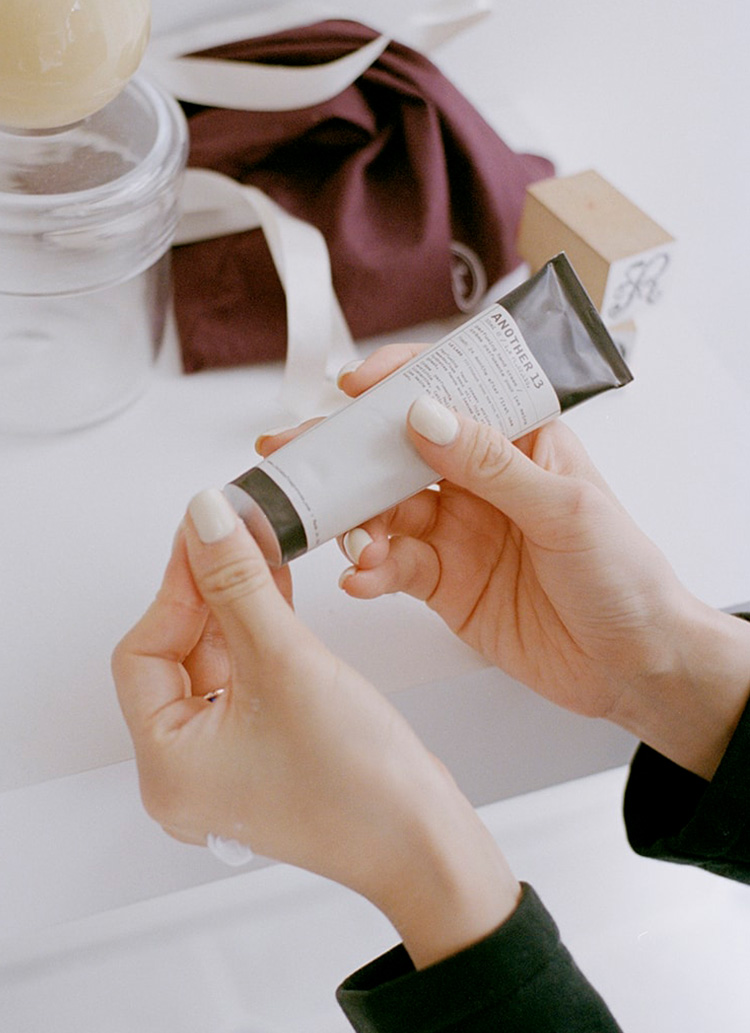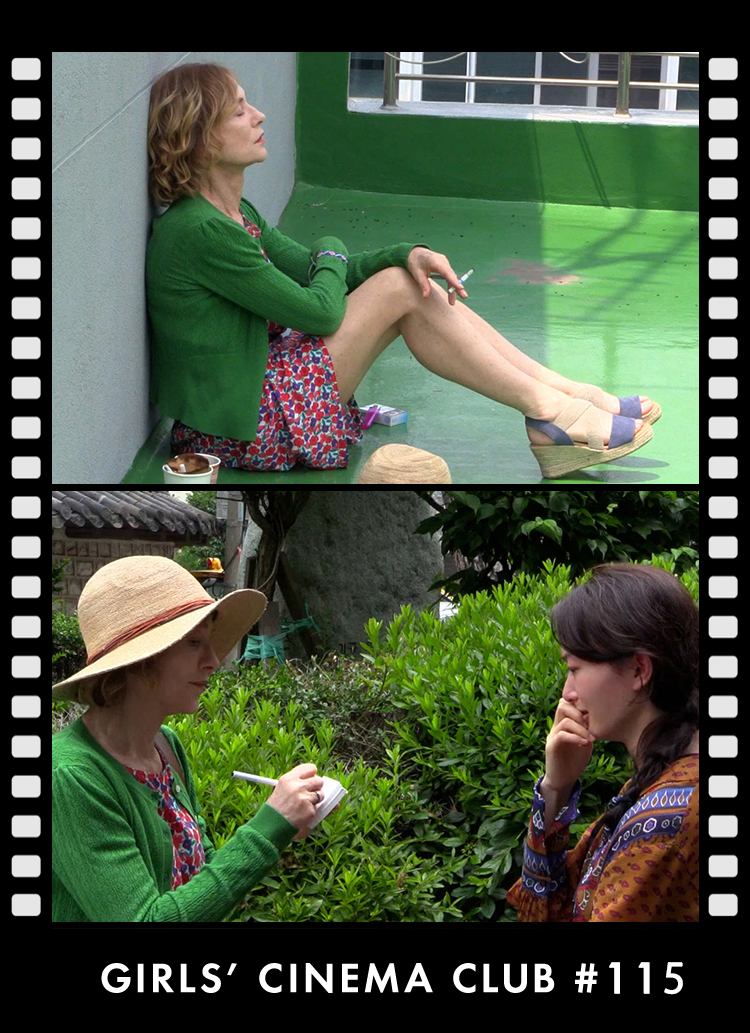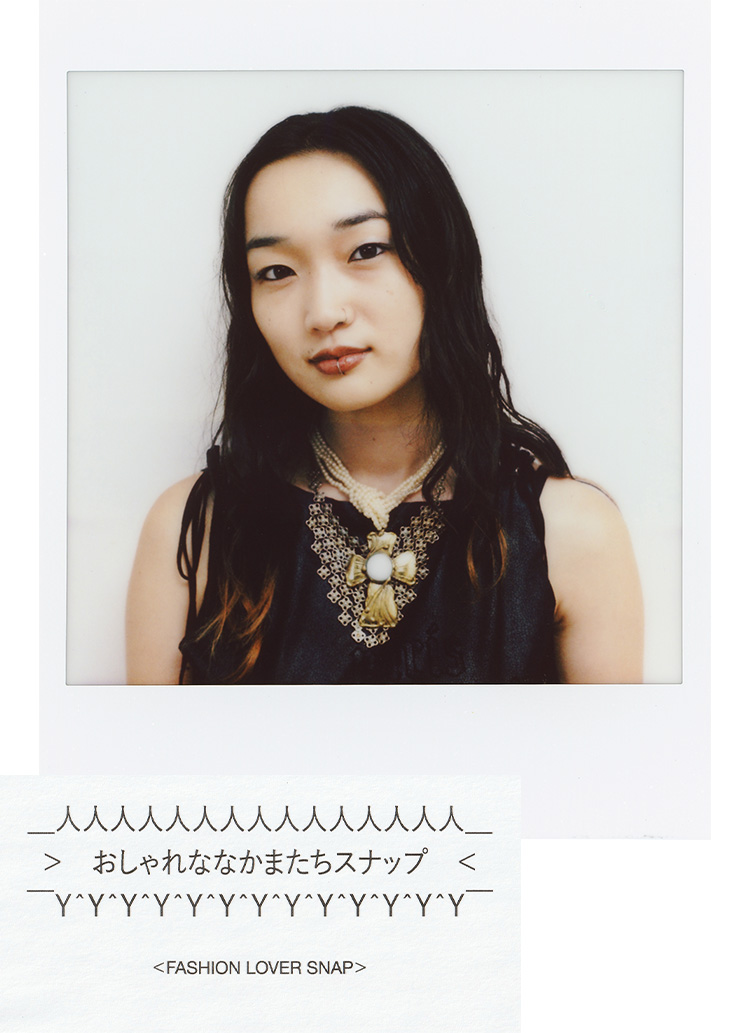The Japanese fashion industry used to be a textile design = fabric store.
You graduated from Musabi Junior College and are going to study at the Chelsea College of Arts in London, right?
Noguchi:I didn't learn textiles until I went to London.
Fujii:When I went to London for a visit, I ran into Maïko again. I don't think she had a cell phone back then.
Noguchi:Kingsroad, right? I was really surprised at that time. I really remember being treated to yakiniku (grilled meat) (laughs).
Fujii:I was worried that he wasn't eating properly (laughs).

Designer: Takuma Sasaki (left), Masako Noguchi (right)
Fujii:Maïko consulted with you about your career in Japan after you came back to Japan, didn't she? At that time, textile designers were hard to find in Japan. Overseas, Marimekko and Ely Kisimoto come to mind, but in Japan, there was only Akira Minagawa (designer for Mina Perhonen).
Noguchi:Yeah, it was a big wall.
Fujii:Maïko was wondering what to name her company as a textile designer. I said to her as a joke, "Maybe you should make it into a brand. For example, "Norma" because I am Masako Noguchi," I said as a joke.
Wow, that's a great episode!
Noguchi:I didn't remember that at all, but hearing it the other day brought back memories (laughs).
Fujii:He said, "In Japan, people expect things to be easy to understand, so I guess you have to make it a clothing brand." I thought. But it wouldn't ring a bell if we called ourselves "Noguchi Masako Textile Brand. In fact, after Masako returned to Japan in 2003, Non-native asked her to design textiles.

I'm sure that even old-time "non-native" users don't know about it.
Fujii:It was about the third season after I started designing. At that time, I couldn't draw or create patterns, so I asked my designer to design a hand-drawn leaf pattern for me. Then, I wanted to make a name to put on the clothes. During the exchange, I suggested that "Norma" would be a good name. And that is how it has continued to the present day.
Do you see a difference in the position of textile design in the fashion industry in Japan and overseas?
Noguchi:That's not true at all. I started freelance textile design work when I was a student in London. After graduation, I worked in New York before returning to Japan, but first I went out on my own with my portfolio and tried to sell to brands. What I found was that the term "textile design" was not well known in Japan, and I was just a fabric store.
Fujii:The position of textile designer was not on the brand side.
Noguchi:Yes. I was very shocked because in Europe, designers and textile designers are equally represented. About two or three days after returning to Japan, I met Mr. Fujii and was introduced to Mr. Shimizu (Keizo) of "Nepenthes" (Needles). I also met Kazuhiro Irie of BEAMS. My first jobs in Japan were with "Non-Native," "Needles," and "BEAMS. I managed to survive on those three (laughs).

Fujii:How long have you and Sasaki been working together on "Norma"?
Sasaki:It's the second season, so 2006, I guess.
Noguchi:Takuma was also introduced to me right after I returned to Japan. When I made a sales call to , I was told that Jonio (Jun Takahashi) himself was doing graphic design and that although he did not need to design textiles, he was interested and wanted to take a look. Then, the production control person who was working at the time asked me, "Do you know Mr. Sasaki? He is the same age as me and interesting, so why don't you meet him? He introduced me to him.
Fujii:You were running a select store at the time, weren't you, Mr. Sasaki?
Sasaki:There was a time when I had been running the store since 2003. At that time, I had explored the idea of putting "Non-Native" there (laughs). (Laughs) But at the time, everyone was very concerned about the competition, and there was a store called "Tokidaze" in Daikanyama, so I had to give up on the idea. But I had always liked the stability of Mr. Fujii's craftsmanship, and the fact that here (Mr. Fujii and Mr. Noguchi) were connected.
So you had a connection.


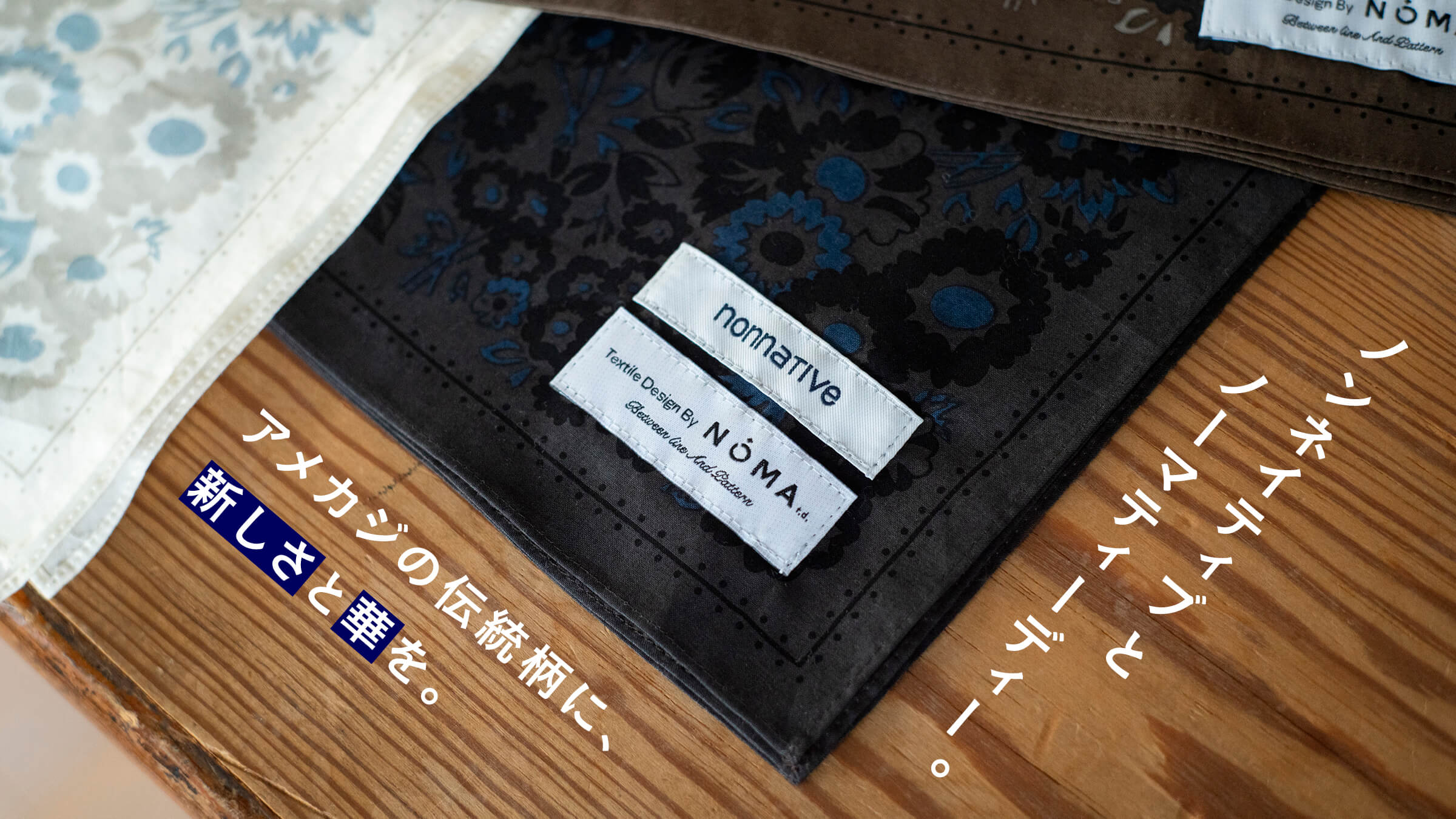
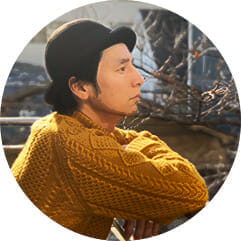
![【FOCUS IT.] Reaching new heights in our 47th season. Designer Takayuki Fujii talks about where Non-native is now and the new store in Osaka.](https://www.houyhnhnm.jp/wp-content/uploads/2025/09/20210521-_28A6494-Edit-560x700.jpg)
